Xbox Series X and Playstation 5 Hardware Deepdive with all Mumbo Jumbo of Zen 2, RDNA 2, Raytracing & SSD
The Next Generation of Game Consoles are confirmed and will be available to the public at large in this holiday. The specs are now finally out by both Microsoft and Sony, people are crying out loud due to light performance differences in both the consoles especially considering that fan-favorite Playstation 5 seems underpowered in the GPU department compared to Xbox Series X. However, let’s make it clear that both consoles are using very similar components which are definitely of next-gen level and are hugely powerful, especially considering the last-gen of consoles and have features never seen before. But there are design choices which Sony and Microsoft have made which makes them a bit apart even after collaborating with AMD and using Zen 2 CPUs and RDNA 2.0 GPUs.
Why are we doing this?
//Rant- This article was supposed to go online 5 days back but due to some issue with our servers, the article was wiped. We have rewritten the article again from scratch and tender our apologies for so much delay. End of Rant//
We don’t explicitly cover gaming on this site, we stand by our Technology and Art related facet only. However, the technology these Consoles brings affects every part of… well technology and art. This is the reason why we are so technologically inclined is that without technology, this type of artwork was not possible. Raytracing, SSD, 3D Audio, VRR, etc everything will change the way we see our movies, animations, and effects. These Consoles are bringing changes that are going to be mainstream which let’s say took multi decades of dream.
Due to such similarity and minor differences among these consoles, we are writing this article in the usual manner of categorizing the console parts in different segments. However, the common parts are listed under the main heading and the unique features will be listed under respective console heading.
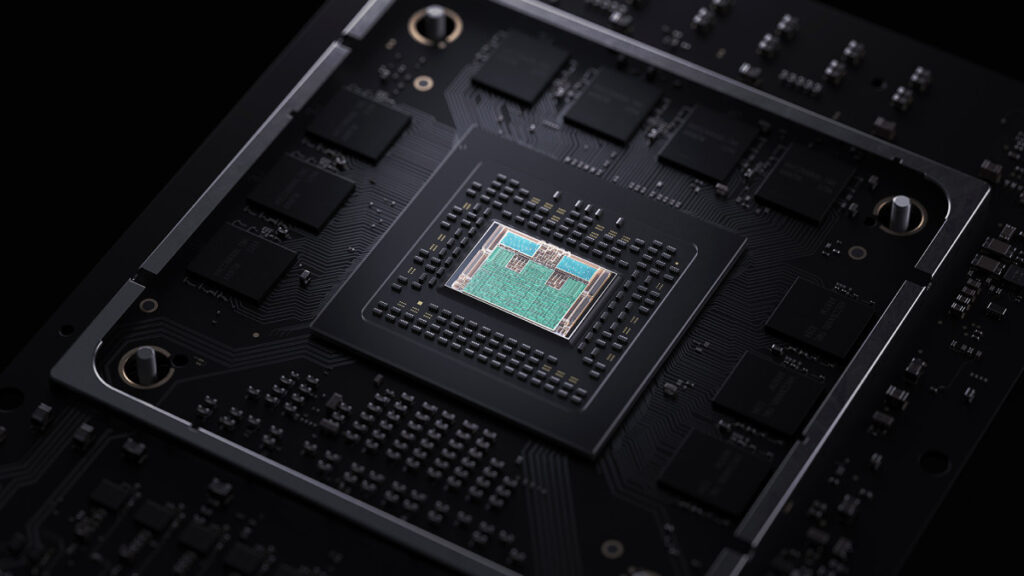
CPU
The heart of this next-gen consoles, Both Sony and Microsoft chose AMD’s Zen 2 cores for their upcoming consoles which is as futuristic and high end as the time could allow, considering the price constraint.
With respect to Jaguar Cores used by last gens which was already worse than the top of the line CPU at that time, these are just super powerful machines with 8 cores and 16 threads at their disposal. So even if old gen and current-gen have the same core counts, the clock speed, the IPC (instruction per cycle) improvement, the SMT (Multithreaded support) is insane. The same analogy will apply in the GPU department.
AMD had some crappy CPU architecture back with Excavator Core which in turn was based in bulldozer core. Basically AMD skipped single-core performance and aimed at multithreaded performance which the Marketing team screwed up by stating every thread as a core. However, These still were Desktop CPUs. The Jaguar cores used in the consoles were mobile-ready CPUs and thus the performance was even more sacrificed due to power constraints. Enter AMD Zen architecture which was launched in Q1 2017. With this new architecture, AMD devoted full financial power and manpower to create CPU which enhanced the single-core performance by 50%. This architecture also brought SMT (Simultaneous multithreaded System) which created a multithreaded system similar to Intel’s hyperthreading.
AMD, later on, launched Zen+ which brought around 10% more performance and then came the current crop Zen 2 which brought an additional 15% performance boost (arguably). So the architecture alone with a 7nm manufacturing process brought more than 63%. That too when not compared to mobile-first CPU cores i.e. Jaguar Cores. Now the clock speed on these older consoles is also not that great which ranged from 1.60 GHz to recent 2.30 GHz. The next-gen brings a clock speed from 3.5 GHz to 3.8GHz. This brings a performance boost of about 65% to 118%. These CPUs also have SMT which brings the extra thread to 8 cores CPU. When these extra threads are utilized, there is an additional performance jump of 30%. Not to mention these CPU brings newer instructions sets. All in all, we can see a performance in CPU department 3x to 4x depending upon optimization and tight integration of consoles.
Let’s see how PS5 and Series X differ in this regard. We will then see that even though both companies are using the same CPU architecture by same manufacturer, the approach is very different.
CPU- Xbox Series X
The Xbox Series X will use 8 Core 16 thread Zen 2 CPU by AMD that will be clocked from 3.6GHz to 3.8GHz. However, this clock speed will remain constant.
Now the above statement is contradictory in itself but let me explain. The current games are not optimized for this high core counts and like it or not, the current-gen titles ported to the new system or the initial release of the games will not be able that much multithreaded. So what drives that sort of games faster? High IPC (instruction per cycle) and clock speed. Developers can run the CPU at 3.8GHz if they disable SMT. But when all the threads are on by enabling SMT, then the CPU will run at 3.6GHz. The speed remains constant and there is no reduction in clock speed if the console remains idle or is running less demanding games.
The power and performance remain constant all the time. However, One core (and essentially two threads) remain available to OS only and thus for games only 7 cores are available.
CPU- PlayStation 5
PS5 has the same powerful Zen 2 cores, same 8 cores 16 threads (well Mark Cerny was not very clear on this, we assume its a 16 threaded CPU as it is AMD Zen 2 CPU).
The CPU can clock maximum up to 3.5GHz, which is a tad slow then Microsoft’s machine. But the speeds on this CPU is variable. it can downclock to 3.2GHz according to load. So yeah, both the corporations are neck and neck on CPU front except the clock speed and variability.
All the cores are available for gaming purpose unlike Microsoft’s approach.
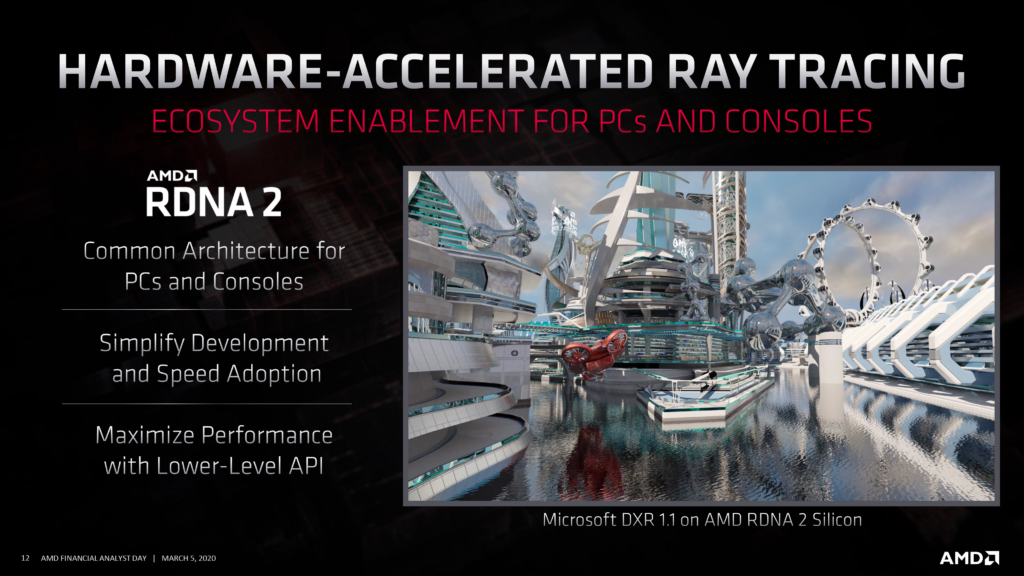
GPU
There is no doubt AMD was lagging behind the market leader when it comes to GPU performance and feature pack. The previous generation consoles used a derivative of GCN core (Graphic Core Next) which is good but performance per watt was something a lot to be desired, especially in consoles where cooling is a bit of problem due to compact size. AMD was pouring almost all of its financial muscles in designing Zen cores. this meant lackluster GPU in PC front with power-hungry Polaris GPU and Vega, which were again based on GCN. While Nvidia was making very power efficient GPU due to mobile-first approach and have heralded a new rendering method in games called realtime raytracing, which let’s just say was a dream for the past few decades.
However, AMD was secretly working on next-gen consoles with the help of Microsoft and Sony and the first iteration of that product was RDNA architecture, internally called Navi GPU. This GPU brought partially the advance features of next-gen consoles and performance per watt was kicked up a notch. it boasted 50% more performance per watt. but there is more, the GPU used in next-gen consoles is the second iteration and sports 50% more performance per watt. So that’s basically 125% more performance than previous-gen consoles when everything else is the same. However, the last-gen consoles clocked from 800MHz to 1172 MHz. The console’s overall performance rating was from 1.3 Tflops to 6 Tflops. The compute units i.e. the core count was from 12 to 40 CU.
Now here is the fun part, these new consoles GPU have clock speed from 1.825GHz to 2.23Ghz. That’s double the performance just because of extra clock speed thanks to new architecture and manufacturing process. The compute units range from 36 to 52 CU and all this takes the overall performance to a whopping 10.3 Tflops to 12.15 Tflops.
So 125% performance upgrade from architecture and double the performance from clock speed. we are again looking at 4x to 5x performance enhancement.
However, the Tflops of RDNA 2.0 is not equal to Tflops of GCN. Part of that reason is also that these GPUs will have next-gen graphic features which we have only seen in Nvidia GPU.
GPU- Mesh Shader: Games assets including characters, objects, buildings, etc are made from polygons. many polygons combine to become a mesh. Mesh shader helps in processing these meshes in small “meshlets” and thus speed up the rendering by using parallel processing. Otherwise, such meshes were processed serially which took time.
GPU- Variable Rate Shading: GPU draws materials and objects using its unified shaders. But every frame and every portion of the frame is treated equally even if the focus of the gamers is on a particular area. for example, in an FPS game, the gamer would focus on an area where the crosshair is. VRS allows the visually less important areas to render with less shading details. So an obscure area would have fewer details and the focused area will have greater details. This greatly improves performance.
GPU- VRR: Variable refresh rate will also be supported since it has also become a standard in HDMI and many TVs will support this feature. This means that the output device will have a range of refresh rates instead of a single refresh rate. the GPU will sync its output according to monitor’s refresh rate and this will remove tearing completely and gaming experience will be very smooth with almost no input lag. We have a very detailed article to explain this feature everyone should definitely check it out.
GPU sampler Feedback: This is more of a tool for developers it helps to figure out in what level of detail to render textures on the fly. Thus, only the portions of textures that the GPU needs for a scene, as it needs it is loaded instead of loading all the texture. This enables far better memory utilization for textures. The games render larger, more detailed textures while using less video memory.
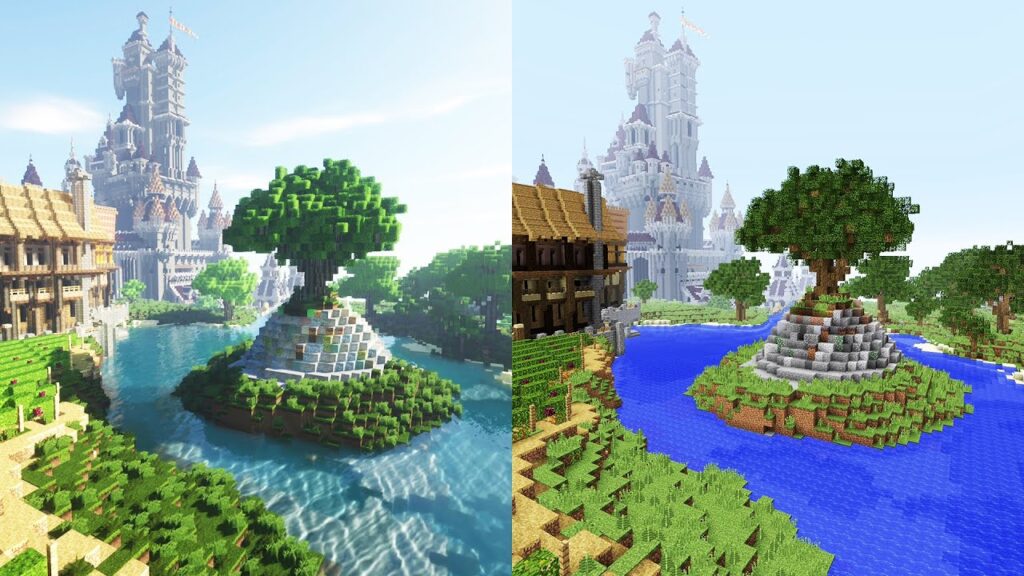
GPU Ray Tracing: The elephant in the room is the feature everyone was waiting for in console arena. Realtime Raytracing finally comes to consoles and turn to AMD GPU. The technology is similar to what Nvidia has in its RTX card as they were the pioneers who designed the API in conjunction with Microsoft.
RayTracing is a rendering technique where rays from the camera is shot and traced to the object and to the light source (yes it is opposite of how we see the world where light from the source is shot, hits the objects and enters the eye). This allows for very realistic lighting, shadows and other effects like refraction etc. However, tracing so many rays is a very intensive process. Microsoft stated that if the process done on GPUs compute unit vide shaders alone then the whole GPU would have been dedicated to raytracing only.
Thus AMD added special intersection units in the GPU which are dedicated to raytracing only and allows for fast raytracing and the remaining GPU is free for other rasterization effects. Microsoft claims that with this their total GPU power available is 24Tflops.
GPU- Xbox Series X: Microsoft has again taken a different route. They have gone for a wider design which is a tad slower. Their GPU has 52 CU which translates to 3328 Shaders. This is the highest number in any console to date. They also have a wide bus speed of 320. With 12.15 Tflops of raw power, this is the most powerful console on the planet. However, the GPU is clocked a tad slow at 1.825Ghz. This just like its CPU, remains at a constant speed. Thus the Xbox is always ready to deliver full potential and does not lower its clock speed as per load.
For RayTracing, Xbox can do 7.3 Billion intersections per second per CU, which translates to a total of 380 billion intersections thanks to larger CU counts.
GPU- PS5: Sony went for faster is better approach. Its GPU has same AMD RDNA 2.0 architecture but they went with lower CU counts of 36, taking the total number of shaders to 2304. Their bus width is also lower at 256 bit. However, they made up the performance gap by clocking the GPU to 2.23 GHz. This is again a variable clock speed which can lower its speed according to load. However, all this takes its raw processing power count to 10.3 Tflops. A tad lower the Xbox.
This has also an impact on raytracing also. PS5 can do 8.9 billions intersections per second per CU. Due to lower CU counts, the total intersections per second to 321.44 billion. The raytracing capability of PS5 is definitely lower and it can be seen in Sony’s presentation where they kind of skimmed through its ray tracing capability.
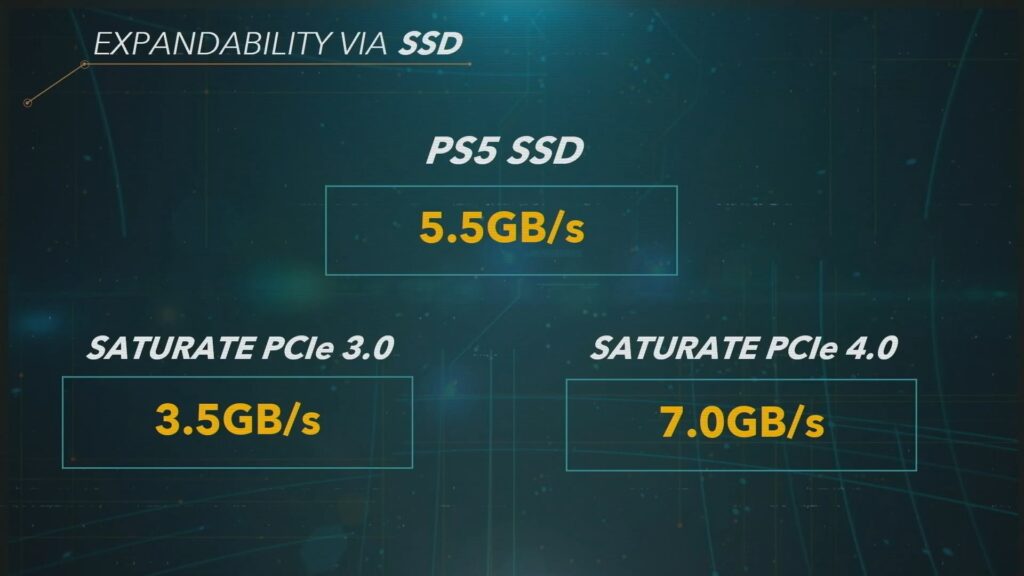
Next Gen SSD Storage: the ace under the sllevves is the use of high-performance SSD storage in new consoles. which boggles our mind that how have both the companies simultaneously though of the use of SSD. Well, one can think that with powerful GPUs and highly detailed games would be bottlenecked by slow drives and hence the requirement of SSD. The old console could only do 100MB/s od data transfer. These new monsters can go from 2.4 GB/s to 5.5GB/s data transfer rates thanks to its custom SSD units. further, these have their own DMA controllers and separate compression hardware that can compress and decompress data without using the CPU and thus the total data transfer can double up.
These SSDs can now play new roles where huge games can be played without frequent loading screens. The games can be resumed almost instantly, so switching games will be a breeze. if the console is running out of RAM, the SSD can create a virtual RAM to support it.
Xbox Series X SSD: Microsoft has also decided to eliminate the loading times since open world games are already huge and next-gen will push the game engine’s limit. They have a custom NVMe SSD drive with a data transfer capability of 2.4GB/s. However, Microsoft has also baked in a compression processor which is separate from the main CPU and this can seamlessly compress and decompress data. So the amount of data that can actually be transferred is more, the theoretical speed is 4.8 GB/s. Microsoft will bundle 1TB of storage, which can be expanded through proprietary expansion cards of 1TB. The external card will be connected vide PCIe 4.0 internally thus next-gen games can be installed on these cards. This also means that users will not be able to install just any SSD in them and have to purchase these special SSDs only.
Ther are also a provision to add regular hard drives vide USB 3.1, but since they will be significantly slower, only previous-gen games can be installed on them.
PlayStation 5 SSD Storage: Sony has taken this to the next level. In fact, the NVMe SSD on PS5 is so fast that there is nothing like that in the PC world. Compared to Microsoft’s offering, it is almost twice as fast at data transfer rate at a staggering 5.5 GB/s. Sony created a custom decompressor, a controller that directs the data flow from the SSD, and separate processors to take care of I/O and memory mapping. This could also theoretically double the data transfer just like Series X (or 8-9 GB/s give or take). However, the disk space offered is at awkward 825GB.
A typical PCIe 3.0 interface can be saturated at 3.5GB/s, so basically we don’t have drives fast enough to match PS5’s requirement even if nowadays we have PCIe 4.0 thanks to AMD. So Sony will certify specific M.2 SSDs for expansion. These are internal drives that you can get on the open market (once PCIe 4.0 ready drives are available) and install in a bay on the PS5. They connect through the custom IO unit just like our SSD does, so they can take full advantage of the decompression, IO co-processors.
If you thought PS5 was slow in GPU department, this could be the area where it might take it ahead from the competition.
RAM: This is also one aspect that has received a significant upgrade is the RAM. previous gen had measly 8 GB of RAM, however, these new consoles have 16 GB available to them. Unlike PC space, where general RAM is different from GPU memory, consoles generally have RAM which is associated with GPU, in this case, it is GGDR6 Memory. Sony has straight-up got 16GB all at the same speed, delivering 448GB/s.
Microsoft has divided its memory into two pools, one of 10GB of ‘optimal’ memory at 560GB/s, while another 6GB “standard” memory at 336GB/s. Games can access 13.5GB, while the final 2.5GB is for the system running in the background, so 3.5GB of slower (but still fast) memory can be used for more general elements.
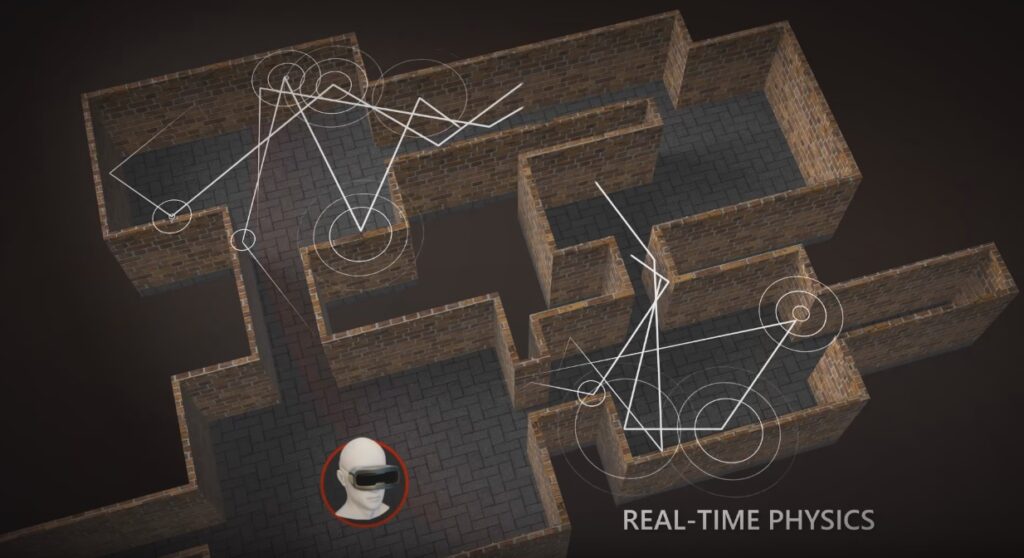
Enhanced Raytraced Audio: When looking at the current scenario, Microsoft has the upper hand with Dolby Atmos and Sonic Enhancement whereas Sony’s PS4 has standard surround sound.
However, these changes with this gen where the attracting hardware will be used to not only accurately position the audio, but it will also take in consideration the environment and materials around. The attracting hardware will accurately produce sound according to distance. The user will be able to decipher correctly where the sound is coming from, unlike the current audio system where the sound location is faked by increasing or decreasing volume.
Series X Audio System: Microsoft has named its sound system ” Project Acoustics” which accurately models sound propagation physics in mixed reality and games. It also supports Spatial Audio delivers deeply immersive audio which enables the player to more accurately pinpoint objects in a 3D play space. With full support for Dolby Atmos, DTS:X and Windows Sonic, Xbox Series X has custom audio hardware to offload audio processing from the CPU, dramatically improving the accessibility, quality, and performance of these immersive experiences.
The sad part is, Series X will not support optical audio out. If anyone was asking.
PS5 Audio System: Sony calls its Audio system “tempest engine”. Sony has dedicated hardware which has the processing capability of PS4 for Audio only. Tempest Engine will support hundreds of sound sources, meaning it will appear that sound could be coming from hundreds of different directions as you hear it in a game.
However since everyone has different hearing capabilities, Sony has designed 5 different profiles so that users can choose them accordingly. The sound system is optimized for Headphones / Earphones but Sony has promised that it’s working hard to make this engine work on any audio setup including TV’s speakers.
Backward compatibility: Both the system will support backward compatibility as AMD was tasked with this feature. Not much is known from the Sony side except that a substantial PS4 library will be available as backward compatibility. One interesting feature in Microsoft’s backward compatibility is the conversion of old games from SDR to HDR. That means machine learning will be used to automatically decide and increase dynamic range in old games.
Software: Microsft has already announced its new DirectX called DirectX Ultimate which will unify development for Xbox Series X and PC with the same set of supported features like attracting via DXR, VRS, Mesh Shading etc.
Earlier, even though Xbox and PC both used DirectX, consoles one was much different from PC one which meant difficulty in development of games,
Not much is known regarding PS5 audio but when seen from past perspective, PS5 is also expected to use a derivative of BSD operating system and some proprietary low-level graphic API. However, we could also see Vulkan or derivative of the same as the graphic back end which has recently added raytracing support.
So inconclusive, both the systems are a powerful machine. We cannot conclude which one is faster based on data available. From a graphic point of view, Microsoft has definitely produced the most powerful console, however, PS5 is not far behind and the mega fast SSD could actually lead to sony winning the race.
These next-gen consoles will bring welcome changes to the PC side also with more huge worlds, raytracing will become standard and maybe Computer Graphics will finally run towards a path which was just a dream.
- Titan Fall(ter): Intel’s Stumble an Analysis - August 5, 2024
- AMDs Radeon Future Looks Bleak After RDNA 5 - May 1, 2024
- Kinect 2- Right time to use A.I. in Nextgen Consoles? - April 30, 2024


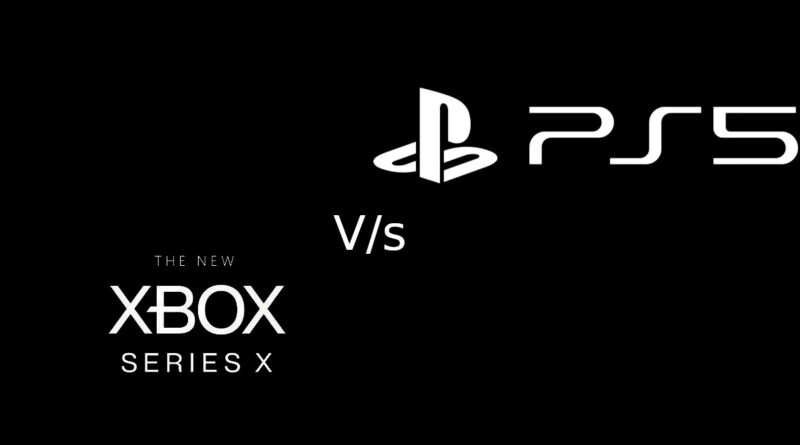
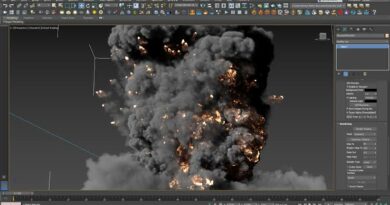

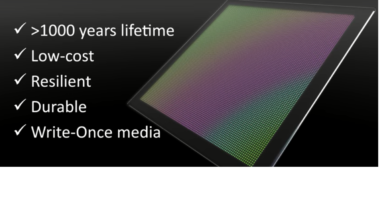
Pingback: ICYMI: AMD shows off Realtime Raytracing on RDNA 2, Everything is Shiny - AbhiFX
Thank you for the auspicious writeup. It in fact was a
amusement account it. Look advanced to more added agreeable from you!
However, how can we communicate?